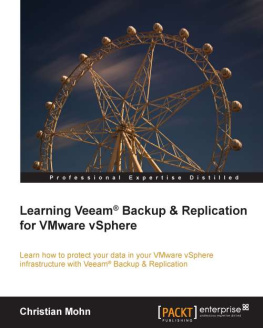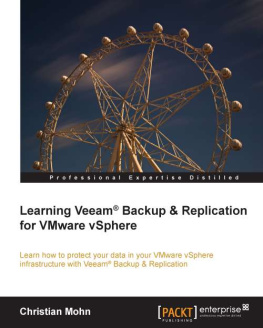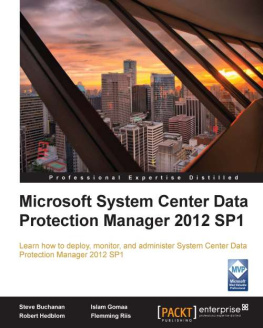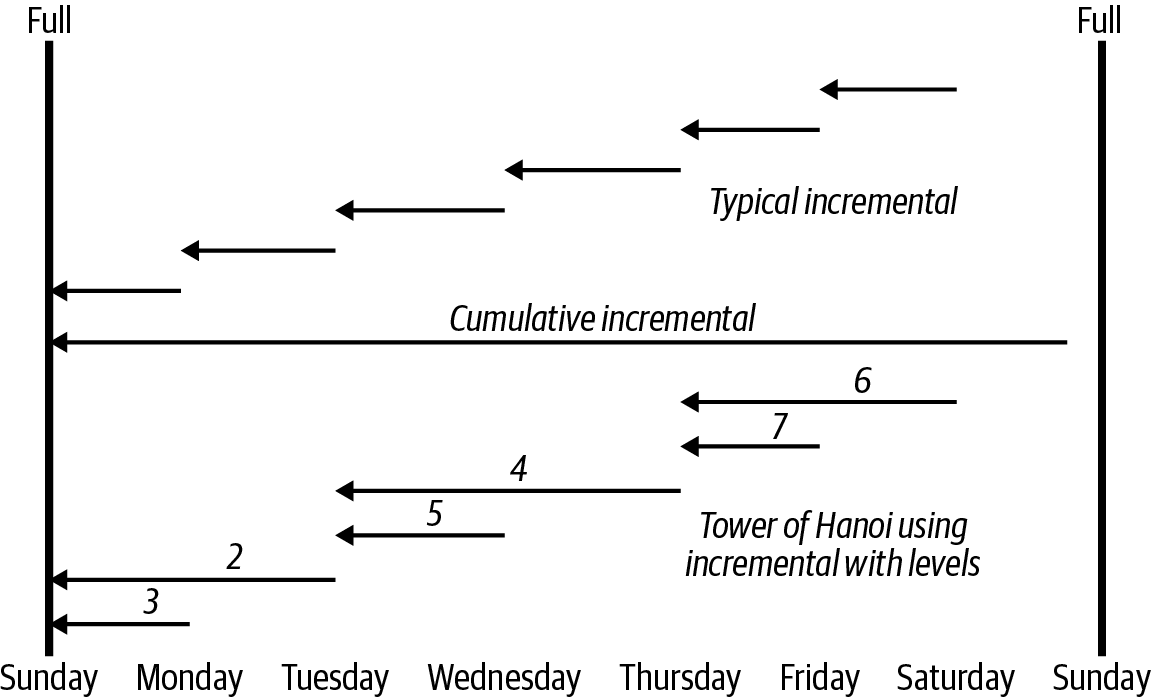W. Curtis Preston - Modern Data Protection: Ensuring Recoverability of All Modern Workloads
Here you can read online W. Curtis Preston - Modern Data Protection: Ensuring Recoverability of All Modern Workloads full text of the book (entire story) in english for free. Download pdf and epub, get meaning, cover and reviews about this ebook. year: 2021, publisher: OReilly Media, genre: Computer. Description of the work, (preface) as well as reviews are available. Best literature library LitArk.com created for fans of good reading and offers a wide selection of genres:
Romance novel
Science fiction
Adventure
Detective
Science
History
Home and family
Prose
Art
Politics
Computer
Non-fiction
Religion
Business
Children
Humor
Choose a favorite category and find really read worthwhile books. Enjoy immersion in the world of imagination, feel the emotions of the characters or learn something new for yourself, make an fascinating discovery.
- Book:Modern Data Protection: Ensuring Recoverability of All Modern Workloads
- Author:
- Publisher:OReilly Media
- Genre:
- Year:2021
- Rating:5 / 5
- Favourites:Add to favourites
- Your mark:
Modern Data Protection: Ensuring Recoverability of All Modern Workloads: summary, description and annotation
We offer to read an annotation, description, summary or preface (depends on what the author of the book "Modern Data Protection: Ensuring Recoverability of All Modern Workloads" wrote himself). If you haven't found the necessary information about the book — write in the comments, we will try to find it.
Give your organization the data protection it deserves without the uncertainty and cost overruns experienced by your predecessors or other companies. System and network administrators have their work cut out for them to protect physical and virtual machines in the data center and the cloud; mobile devices including laptops and tablets; SaaS services like Microsoft 365, Google Workspace, and Salesforce; and persistent data created by Kubernetes and container workloads.
To help you navigate the breadth and depth of this challenge, this book presents several solutions so you can determine which is right for your company. Youll learn the unique requirements that each workload presents, then explore various categories of commercial backup hardware, software, and services available to protect these data sources, including the advantages and disadvantages of each approach.
- Learn the workload types that your organization should be backing up
- Explore the hardware, software, and services you can use to back up your systems
- Understand whats wrong with your current data protection system
- Pair your backed-up workloads to the appropriate backup system
- Learn the adjustments that will make your backups better, without wasting money
W. Curtis Preston: author's other books
Who wrote Modern Data Protection: Ensuring Recoverability of All Modern Workloads? Find out the surname, the name of the author of the book and a list of all author's works by series.


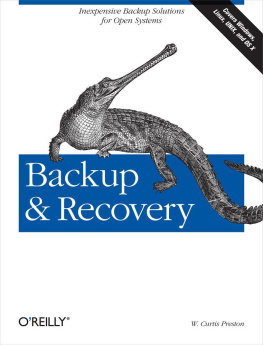


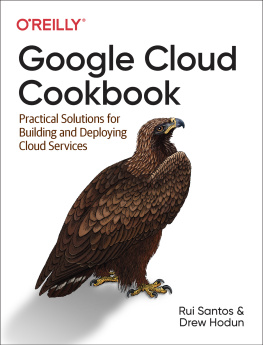


![Mark Wickham [Mark Wickham] - Practical Java Machine Learning: Projects with Google Cloud Platform and Amazon Web Services](/uploads/posts/book/119359/thumbs/mark-wickham-mark-wickham-practical-java.jpg)
